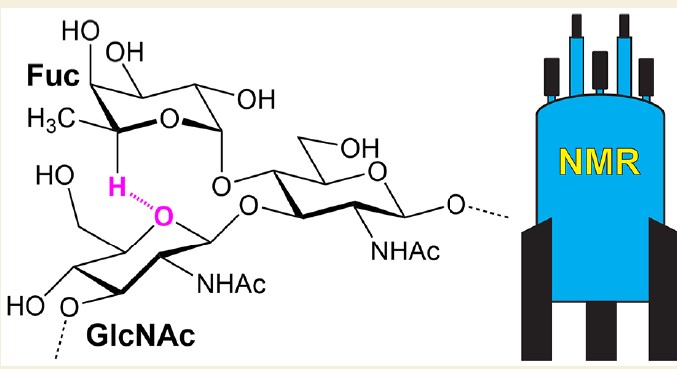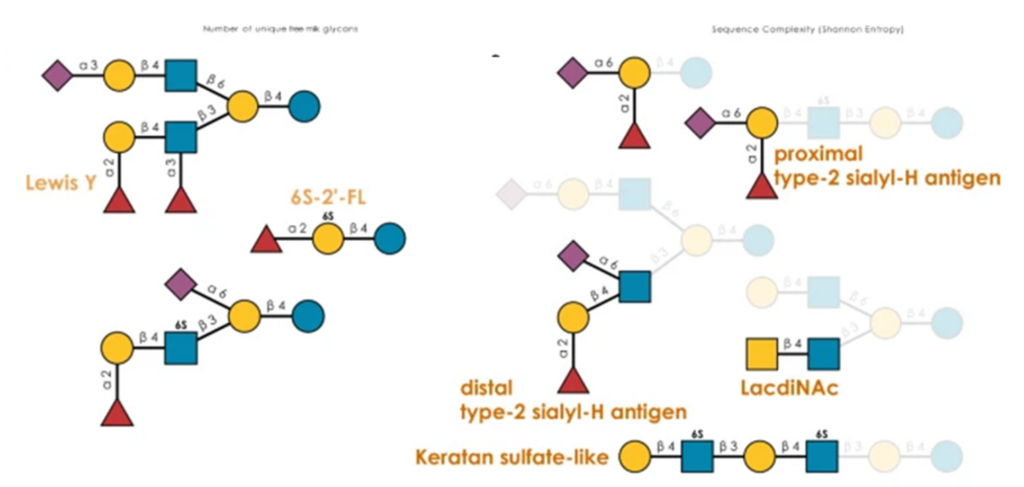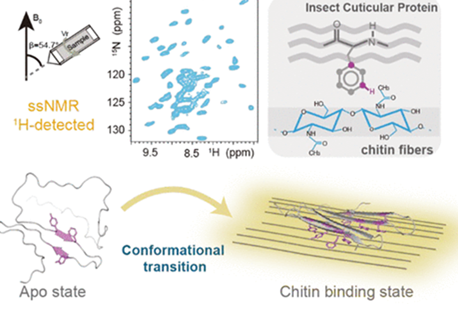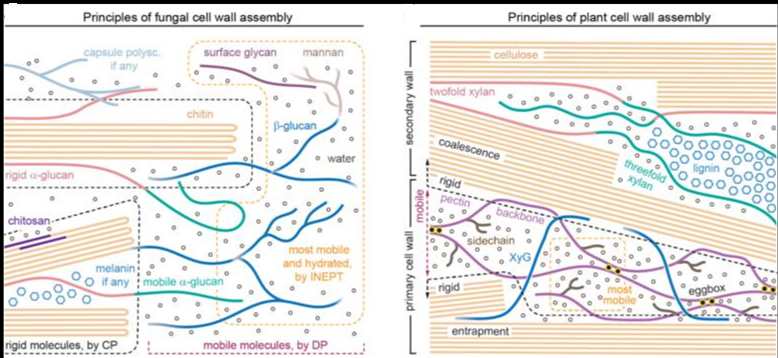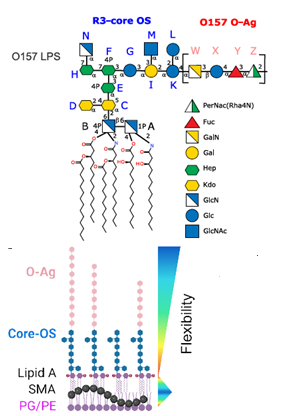Glycans in the form of oligosaccharides, polysaccharides, and glycoconjugates are ubiquitous, and their structures range from linear assemblies to highly branched and decorated constructs. Solution-state NMR spectroscopy facilitates the elucidation of preferred conformations and shapes of the saccharides, motions, and dynamic aspects related to processes over time, as well as the study of transient interactions with proteins. Identification of intermolecular networks at the atomic level of detail in recognition events by carbohydrate-binding proteins known as lectins, unraveling interactions with antibodies, and revealing substrate scope and action of glycosyl transferases employed for the synthesis of oligo- and polysaccharides may efficiently be analyzed by NMR spectroscopy. The experiments can obtain highly detailed information by utilizing NMR active nuclei present in glycans and their derivatives, including isotopically enriched compounds Quantum chemical calculations of NMR parameters, machine learning-based methodologies and artificial intelligence may aid subsequent analysis Interpretation of the results from NMR experiments can be complemented by extensive molecular dynamics simulations to obtain three-dimensional dynamic models, thereby clarifying molecular recognition processes involving the glycans.
